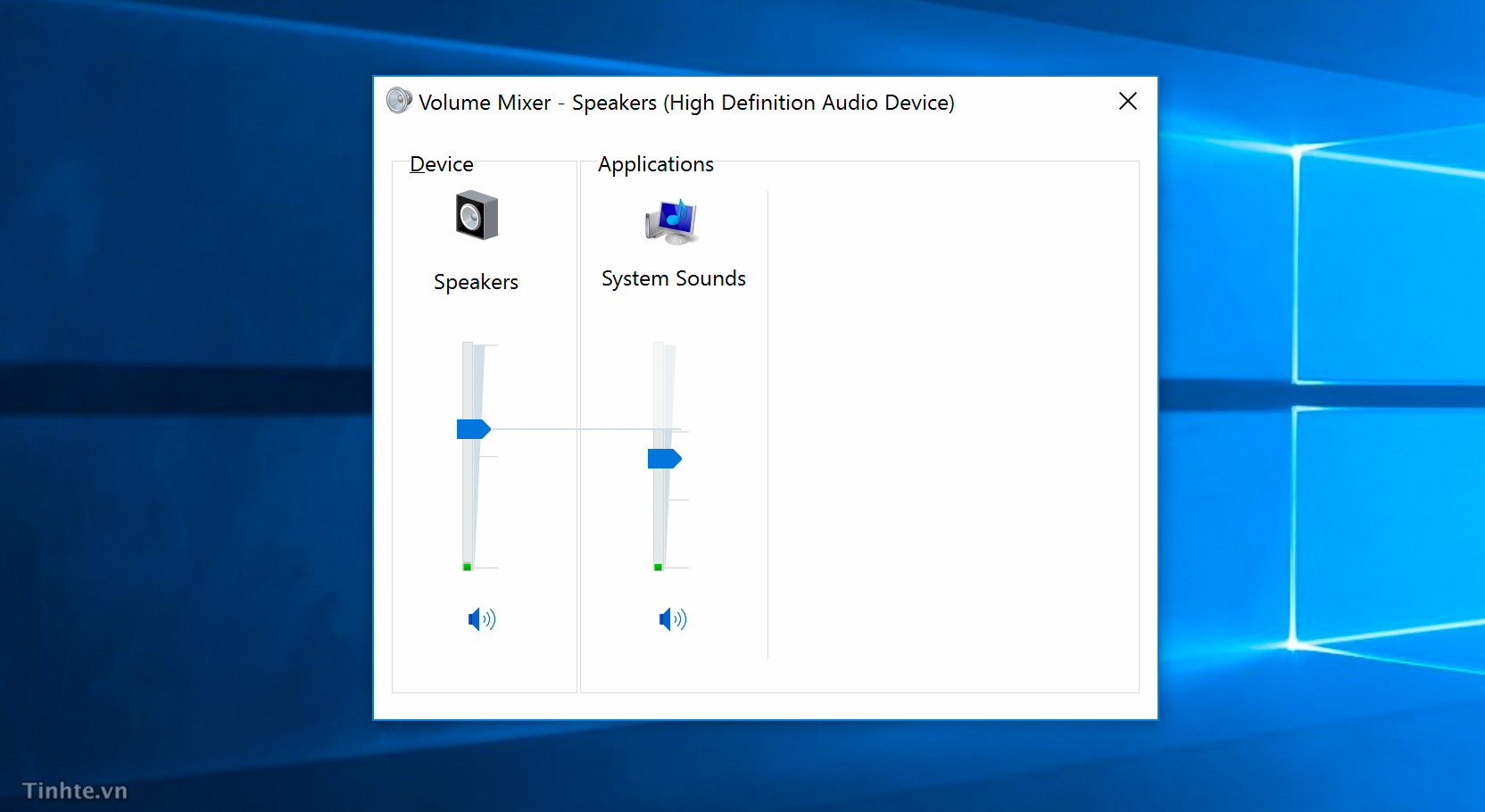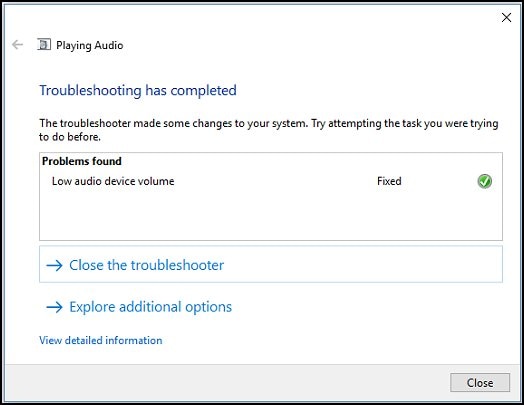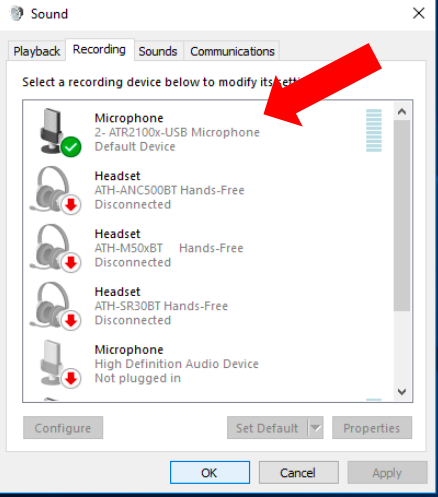

(rank weighting values modified for Windows 10). If no endpoint identified, loop through all ACTIVE endpoints to find the endpoint with the highest "rank" property for the requested role, and does not have a never set as default PKEY_AudioDevice_NeverSetAsDefaultEndpoint property set.If no endpoint identified, loop through all ACTIVE endpoints to find an endpoint set as the preferred default by the user for the system (selection modified for Windows 10).If an endpoint is identified, it is returned, and the process completes.Loop through all ACTIVE endpoints to find an endpoint set as a preferred default by the user for this application (new for Windows 10).The Windows 7 and Windows 10 audio subsystems use a similar algorithm to determine the default audio endpoint. Basic Algorithm for Default Audio Endpoint Selection For a better understanding of what is new to Windows 10, default audio endpoint selection in Windows 7 is also explained. This topic describes how the default audio endpoint is selected in Windows 10. However, the Windows 10 algorithm is different from Windows 7 in the way that it handles user selection of the default and that it handles a per-application preference. The Windows 7 and Windows 10 audio subsystems use similar algorithms to determine the default audio endpoint when no user preference has been specified.

However, starting in Windows 10 there is the option to target a different endpoint for these roles to different applications using the App volume and device preferences page. Only one audio endpoint at a time can be set as the default for a specific console or communications role. Endpoints are listed in the Control Panel Sound application, as shown in the following example dialog box from Windows 7.Īnd in the new sound settings page available in Windows 10. In Windows 7 and Windows 10 each feature is exposed as a separate audio endpoint. Most PC audio devices contain multiple logically independent audio features. References and resources discussed here are listed at the end of this topic. This information applies to the Windows 10 operating system. The target audience of this topic is OEMs and IHVs. For you to best understand the new Windows 10 selection mechanism, this topic also explains how default audio endpoint selection occurs in Windows 7.

This topic describes these heuristics and how the Windows 10 audio subsystem uses them to select the default audio endpoint. The Windows 10 audio subsystem uses an algorithm with enhanced heuristics for default audio endpoint selection. Default Audio Endpoint Selection Starting in Windows 10


 0 kommentar(er)
0 kommentar(er)
